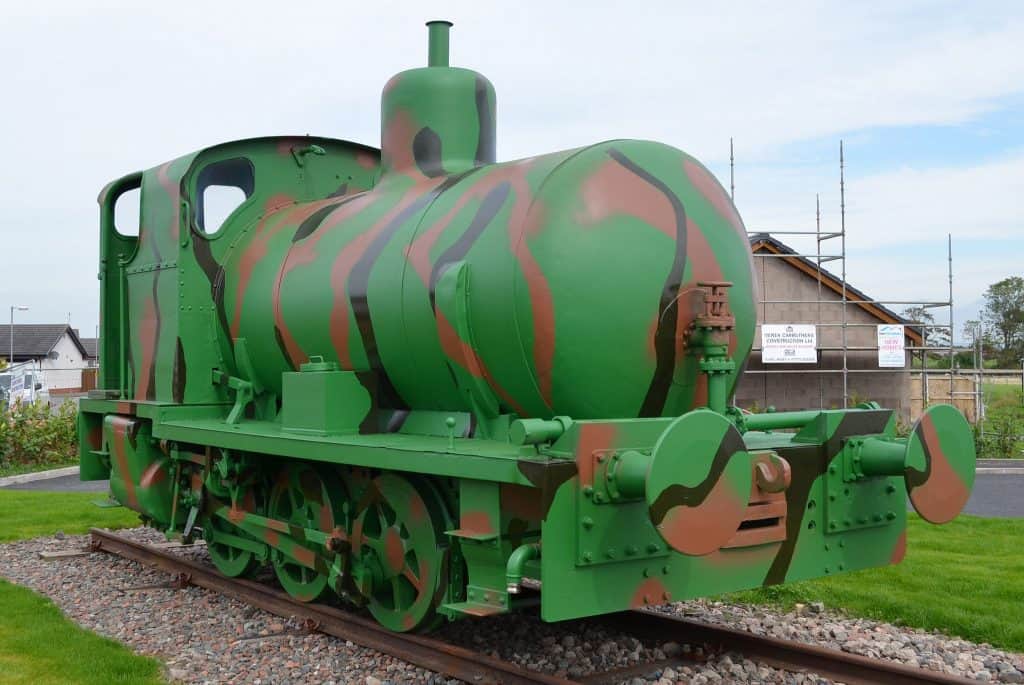Devil’s Porridge Exhibition Packed full of Wartime Activity
Munitions workers had a vital role to play in the First World War, seeing to it that troops were well equipped with everything they needed to fight…and survive. In fact, the British Army relied heavily on the women in munitions factories, and today the Devil’s Porridge Exhibition gives recognition to the important work done and generally to depict what a day was like for a munition worker.
Certainly working in the factory was no picnic, and could be unpleasant and dangerous, with quite a number of women losing their lives through poisoning and explosions.
The Devil’s Porridge – the Greatest Munitions Factory
The Devil’s Porridge Exhibition in Eastriggs started out in 1997 and relays the story of the greatest munitions factory ever known – the HM Gretna Factory. Nine miles long and two miles wide, thousands of people were employed to produce thousands of tons of cordite each week.
It is mind-boggling to realise the enormity of the factory – so large it spread from Scotland right into England and has been referred to as the greatest factory on earth. If you’re wondering where the name ‘Devil’s Porridge’ comes from, many women came to work at the factory, and when war correspondent and author, Sir Arthur Conan Doyle, visited the factory, he saw the munition girls mixing the nitrocotton and exclaimed: “that is the devil’s porridge”.
The museum also tells visitors about another huge event – the Quintinshill Rail disaster. The accident took place at Quintinshill in May 1915. No less than 226 people lost their lives, with 246 being injured. Some of those injured and killed were new recruits of the Royal Scots, travelling to Liverpool to join in the war and fight at Gallipoli.
NEVER a Dull Moment
Today, the Devils museum not only illustrates the munition process but depicts the lives of the workers too. In fact, the communities of Eastriggs and Gretna still exist today as a reminder of the areas and lives of those involved in war efforts.
There’s nothing dull about this riveting war museum and visitors will be able to –
- see right inside a British nuclear power station;
- take a 360°virtual reality tour of Chapelcross Power Station;
- put on a VR headset and pass into high-security areas;
- access the secretive Tritium plant to learn more about the powering of British Hydrogen bombs.
The Devils Porridge Museum is open on Mondays to Sundays, from 10 am to 5 in the afternoons, except Sunday when it closes at 4 pm. There is a short period between Christmas and new year when the museum is closed, but otherwise, it is open throughout the year. The museum provides plenty of free parking as well as discounts on family tickets.
It is housed in a fairly bland looking industrial shed, but the intrigue is certainly found inside. All ages are catered for and apart from plenty of information is available, there are also thrilling interactive displays. Children will enjoy some of the hands-on displays and should have their special factory pass stamped on their way around the museum to get a reward if they get all the stamps. The museum really caters for all ages and interests, with the interactive displays and exhibitions piquing the interest of children as well as adults. There is technical information about RAF fighter pilots, factory processes, soldiers uniforms, war information and much more available. Children and teens intrigued by war stories from older generations will be spellbound to discover a World War 1 Trench experience. There are also plenty of benches around for people just to take a seat and reflect on the past.
Apart from the enthralling museum, there is a gift shop as well as a cafe serving up some delicious fare to bring you back from the past and into the 21stcentury again. The cafe is aware of health issues and they serve gluten-free, organic food.
The Museum Made Easy for Disabled
This intriguing tourist attraction is also accessible to people who are disabled. The parking area is close to the museum, there are ramps and lifts available throughout, being fully accessible to those with walking sticks, walkers and wheelchairs and many of the exhibitions are also auditory.
There are millions of people fascinated by events from both World Wars, so it is small wonder that museums have emerged to preserve the memory of those who fought in them.
Many men and women were sent to fight and work away from home, enduring unimaginable hardships and emotional experiences, and The Devil’s Porridge Exhibition is inviting you to a riveting, unforgettable place that gives you an idea of events from a most fascinating time in the world’s history. Click here for more information on Cumbria. For something a bit more relaxing, check this out.


